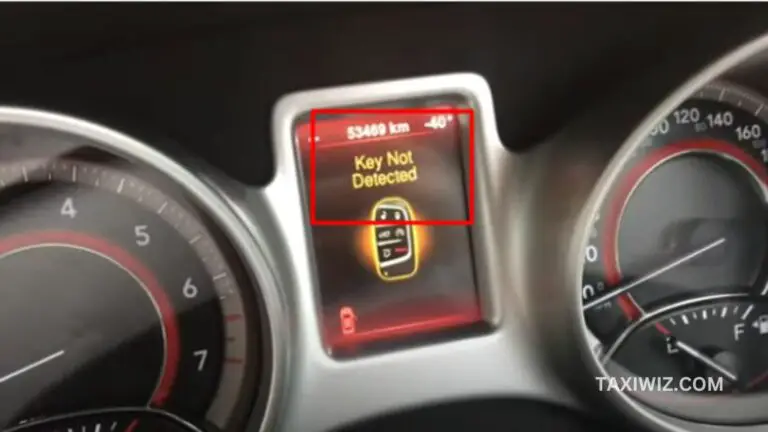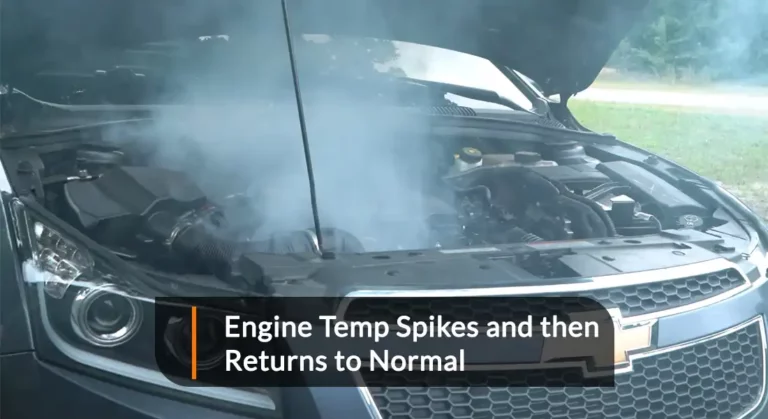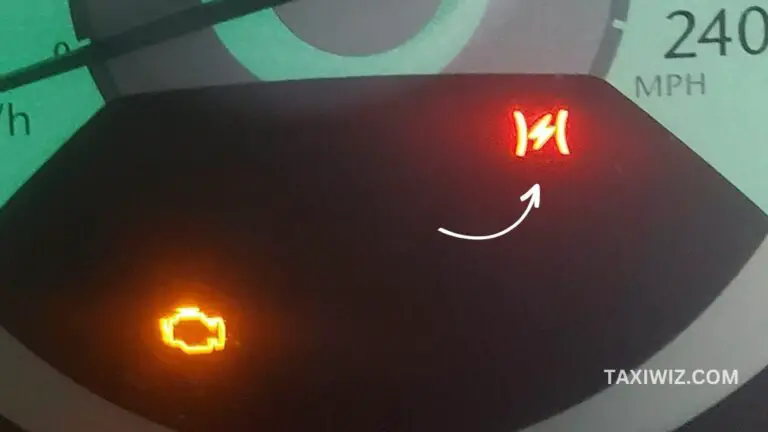Transfer Case Noise When Accelerating – (Causes & Troubleshooting)
Transfer case noises indicate a problem and shouldn’t be overlooked. The transfer case is an essential part of a four-wheel vehicle as it delivers power to both the front and rear axles.
Driving a faulty transfer case will only lead to further damages, which will pile up the potential fixing cost.
Here, we’ll discuss what causes the transfer case noise when accelerating and how to fix it.
How to Find the Transfer Case?
The location of the transfer case can vary from vehicle to vehicle. In most vehicles, you can find it between the front and rear axles and the transmission.
In some cases, the transfer case may be visible from underneath the vehicle. You have to look for a square-shaped part that’s considerably large. It connects the front and rear driveshafts.
We highly recommend referring to the owner’s manual of your car for more information on the location of the transfer case. However, it must be noted that you shouldn’t undertake this without proper technical know-how.
If you can’t put the vehicle’s components back together, you won’t be able to get it to work. Ultimately, you’ll have to tow your vehicle to a mechanic. So, if you’re not confident enough, just take it to the mechanic straight.
How to Fix Transfer Case Noise When Accelerating problems
Here, we’ll describe the process of fixing a faulty transfer case step by step. So, stick with us.
1. Remove the Rear Driveshaft
Start by removing the driveshaft at the rear end. You need to spray some penetrating oil on it before removing it. Also, mark the conjunction of the shaft and the rear differential.
This will help you put it back in place, especially if you’re doing this for the first time.
Usually, four screws connect the driveshaft and the rear differential. Unscrew them with a wrench but keep the bolts stored safely. Once the bolts are removed, put a bucket underneath it.
Now, pry the driveshaft to remove it.
2. Remove the Tail Shaft Housing
The housing of the tail shaft is secured by bolts that you can remove with a wrench. Make sure to place a bucket underneath to collect any fluid.
When removing the shaft, you may find a snap ring. It also comes out with the tail shaft housing sometimes.
Now, take a close look at the condition of the ring. If it looks broken or worn out, then you need to replace it. A broken snap ring usually leads to vibration and noise. It’s very common for them to break under stress.
3. Install a Locking Ring
The best fix to this would be to remove the snap ring completely. Get a locking ring instead. These rings are much better in terms of both durability and performance.
To install the locking ring, simply locate the groove where the snap ring was supposed to go. There’s an outer lip at the end of the locking ring which you can fit there.
4. Reinstall the Driveshaft
Once you’re done installing the locking ring, it’s time to reinstall the driveshaft. While doing so, just make sure that you face the weep hole on the seal downward. Also, wiggle the U joint to make sure it works properly.
Also, clean of any grime on the rear differential. This will make the component last longer.
5. Replace the Transfer Case Fluid
In most cases, you can replace the transfer case fluid easily. However, you have to remove the metallic plate that’s protecting the transfer case from any external impact.
Once that’s done, unscrew the fill plug with a drain pan underneath. Check the fluid in a transparent container to see if it’s contaminated or not.
If it’s contaminated, then you have to replace it. But first, you need to flush out any remaining oil. Pour some more oil into the case to drain the old oil out with the new one.
Then, proceed to fill the transfer case with new oil. Fill the transfer case, screw the fill hole bolt, and put the metallic shield back into place.
Symptoms of a Bad Transfer Case
You don’t necessarily have to find the transfer case to say there’s a problem with it. Here are some symptoms that may help you identify any problem with your transfer case.
- Shifting Case
Having a faulty transfer case makes it tougher for the user to change the gears. Sometimes, it completely prevents the user from changing the gear. This can be caused by several issues such as damaged linkage or low level of fluid, but a faulty transfer case is also a probable issue.
- Popping Out of Four-Wheel Drive System
A faulty transfer case affects the Four-Wheel drive system of a vehicle. So, if you have a faulty transfer case, you might find your vehicle unstable in the four-wheel drive mode.
Initially, it’ll start with small problems related to engaging and disengaging the 4WD system. In time, your vehicle might lose the very capacity of going four-wheel drive.
- Loud Noise
As the title suggests, loud noise is one of the most obvious symptoms that you get from a faulty transfer case. It usually sounds like a grinding or whining noise. This particularly happens when you’re accelerating or decelerating the vehicle.
- Vibration
A faulty transfer case can also lead to vibration. If you indeed are facing a transfer case issue, you may find the vehicle shaking when you’re accelerating or decelerating.
- Fluid Leakage
If your transfer case leaks, the fluid might reach other internal components and damage them. In certain cases, the fluid leakage can be seen from outside the car. Even if you can’t see it, it will damage the internal components over time.
What Causes a Faulty Transfer Case?
Multiple factors can lead to a faulty transfer case. Here we’ll describe them so you know what hurts your vehicle, and avoid them to keep it in top condition.
- Wear and Tear
Most of the components of your vehicle wear out over time, and the transfer case is no different. Over time, this can get damaged, eventually leading to the mentioned symptoms.
- Improper Maintenance
The transfer case fluid must be changed at regular intervals. If not done so, the fluid can get dirty, which in turn damages the internal components. The transfer case may also run out of fluid, which leads to increased friction, thus leading to vibration and noise.
- Overheating
If the transfer case gets overheated, it can break down the chemical formula of the fluid and render it useless. In such cases, changing the fluid at the outset can solve the problem.
- Impacts
In some vehicles, the transmission case can be reached from underneath. In these cases, a direct impact on the transmission case can lead to issues.
- Improper Use of 4WD
Using the Four-Wheel drive system on rough and dry surfaces puts the transfer case under immense stress. Doing this for a prolonged period can damage the transfer case over time.
Frequently Asked Questions (FAQs)
1. Can you drive with bad transfer case?
The transfer case is a key part of your vehicle’s drivetrain. So, if it’s not functioning properly, it can be a big problem for you, and you shouldn’t certainly continue to drive.
It may damage it further and affect other parts such as transmission and driveshafts as well.
2. Is it expensive to replace a bad transfer case?
The average cost of replacing a bad transfer case will be around 2700-3000 USD.
3. What does a failing transfer case sound like?
It can make high-pitched sounds, like whining, or even growling; which is like a low, deep rumble from an angry bear.
Conclusion
A transfer case noise when accelerating can be solved with little effort. However, a lot of people keep on ignoring this issue till it leads to further damage to their vehicles.
Follow the instructions as we discussed, and you’ll get your transfer case fixed in no time. If you don’t have prior experience with these, then we highly recommend visiting a mechanic for the safest experience.




